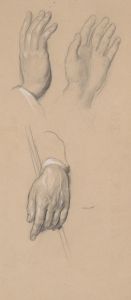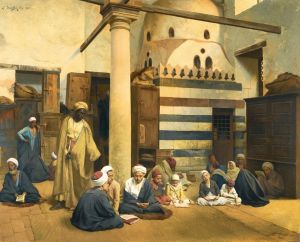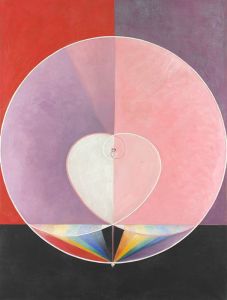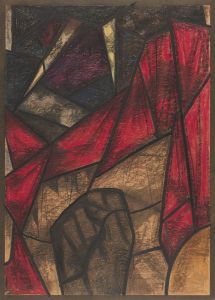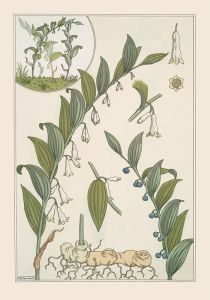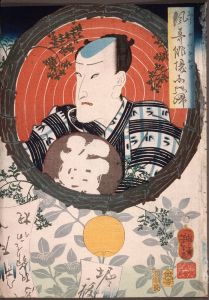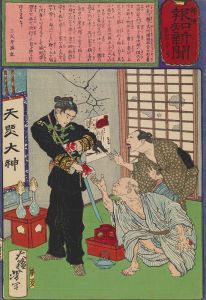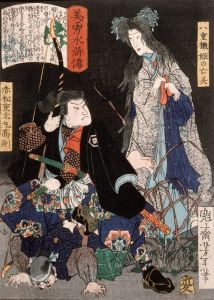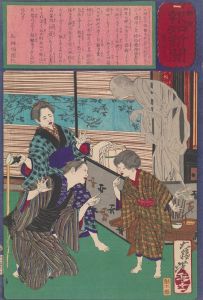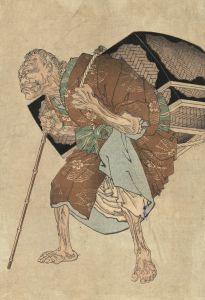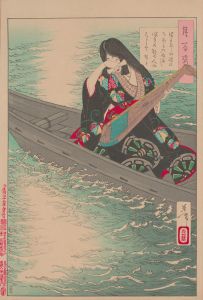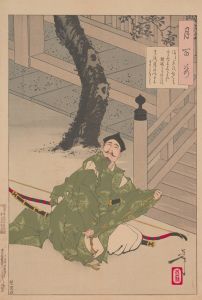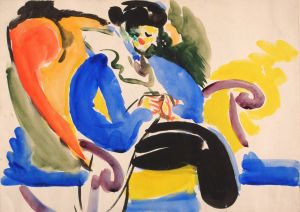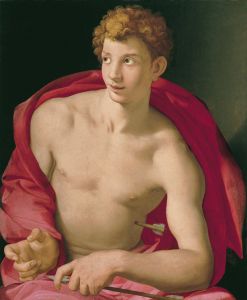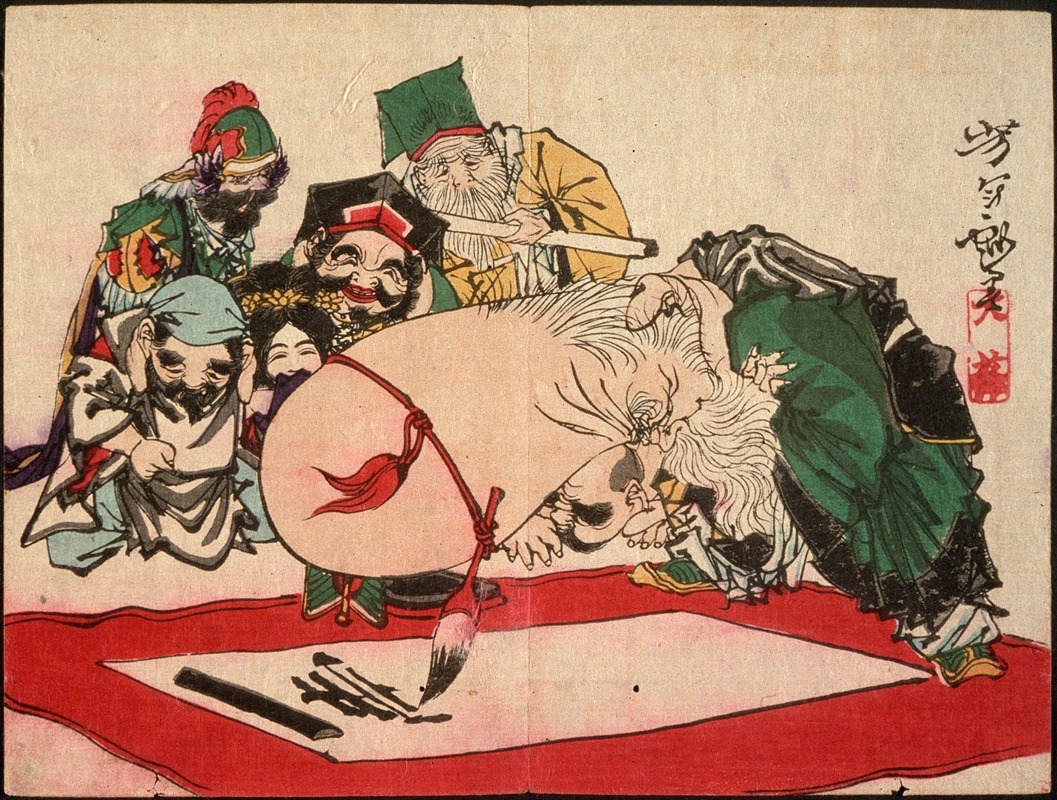
Fukurokuju Writing with His Head
A hand-painted replica of Tsukioka Yoshitoshi’s masterpiece Fukurokuju Writing with His Head, meticulously crafted by professional artists to capture the true essence of the original. Each piece is created with museum-quality canvas and rare mineral pigments, carefully painted by experienced artists with delicate brushstrokes and rich, layered colors to perfectly recreate the texture of the original artwork. Unlike machine-printed reproductions, this hand-painted version brings the painting to life, infused with the artist’s emotions and skill in every stroke. Whether for personal collection or home decoration, it instantly elevates the artistic atmosphere of any space.
Tsukioka Yoshitoshi (1839–1892) was a renowned Japanese artist, widely recognized as one of the last great masters of the ukiyo-e genre of woodblock printing and painting. His works often depicted historical scenes, kabuki actors, beautiful women, and supernatural themes. Among his extensive body of work is the intriguing piece titled "Fukurokuju Writing with His Head."
Fukurokuju is a figure from Japanese mythology, one of the Seven Lucky Gods (Shichifukujin) who are believed to bring good fortune. He is often associated with wisdom, longevity, and happiness. In traditional iconography, Fukurokuju is depicted as an old man with an elongated forehead, symbolizing his vast knowledge and wisdom. He is sometimes shown holding a scroll or a staff, reinforcing his connection to scholarly pursuits and enlightenment.
"Fukurokuju Writing with His Head" is a fascinating example of Yoshitoshi's ability to blend traditional themes with his unique artistic vision. In this artwork, Yoshitoshi portrays Fukurokuju in an imaginative manner, using his head as a writing tool. This depiction is both whimsical and thought-provoking, inviting viewers to consider the symbolic meanings behind the image. The act of writing with one's head could be interpreted as a metaphor for the deep intellectual and spiritual insights that Fukurokuju embodies.
Yoshitoshi's style is characterized by his dynamic compositions, expressive use of color, and attention to detail. In "Fukurokuju Writing with His Head," these elements come together to create a visually striking image that captures the viewer's attention. The use of bold lines and vibrant colors is typical of Yoshitoshi's later works, which often explored themes of transformation and the supernatural.
The period during which Yoshitoshi created this piece was a time of significant change in Japan. The country was transitioning from the Edo period to the Meiji era, a time marked by rapid modernization and Western influence. Despite these changes, Yoshitoshi remained committed to the traditional art of ukiyo-e, while also incorporating new techniques and ideas into his work. This blend of tradition and innovation is evident in "Fukurokuju Writing with His Head," where Yoshitoshi's respect for classical themes is balanced with his distinctive artistic flair.
Yoshitoshi's work, including this piece, has been influential in both Japan and the West. His ability to convey complex emotions and narratives through his art has earned him a lasting legacy. "Fukurokuju Writing with His Head" stands as a testament to Yoshitoshi's skill and creativity, offering a glimpse into the rich tapestry of Japanese mythology and the enduring appeal of ukiyo-e art.
Today, Yoshitoshi's works are highly regarded by collectors and art historians alike. They are celebrated for their technical excellence and their ability to capture the essence of a rapidly changing society. "Fukurokuju Writing with His Head" remains an intriguing piece within Yoshitoshi's oeuvre, reflecting both the artist's mastery of his craft and his deep engagement with the cultural and spiritual themes of his time.





